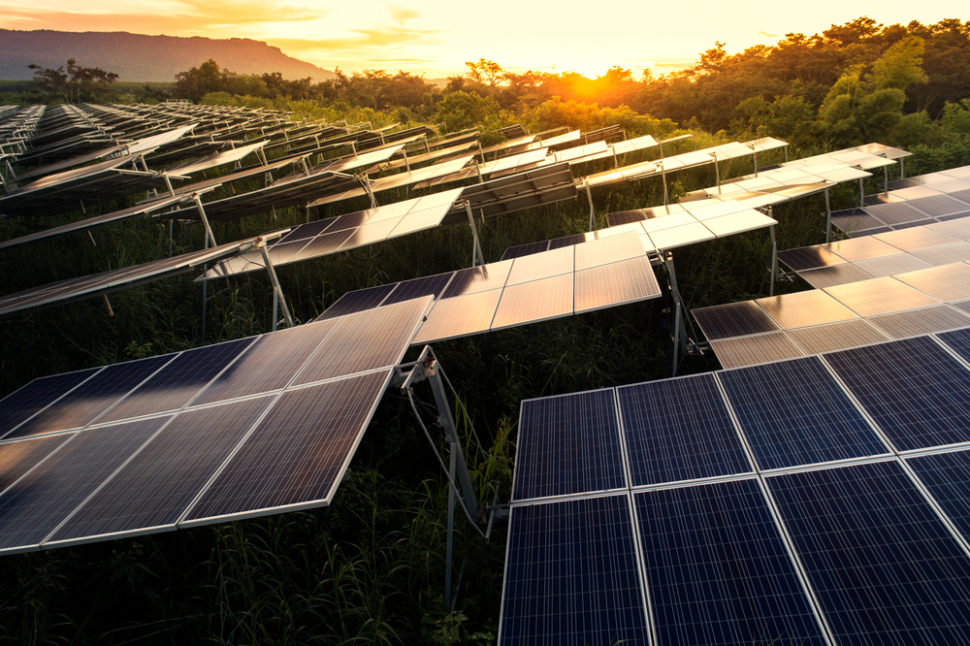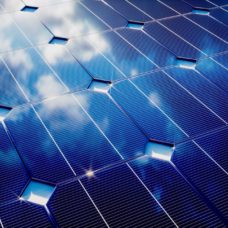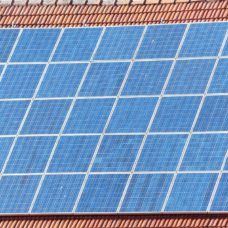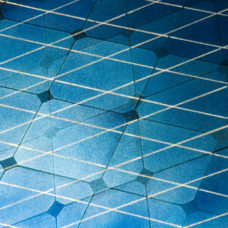Researchers have just recorded the highest performance efficiency of organic solar cells to date.
In a study published in the journal Nature Energy, researchers from the Friedrich-Alexander-Universität Erlangen in Germany reported that their organic solar cells had reached a performance efficiency of 12.25 percent on a surface area of one square centimeter.
The feat achieved by the German researchers in collaboration with the South China University of Technology is now considered the highest power conversion efficiency of organic, non-fullerene-based, single-junction solar cells recorded to date.
What are Organic Solar Cells?
Organic solar cells, also called organic photovoltaics (OPV), are part of the third generation solar technology. This generation uses natural materials instead of silicon to harvest and store energy from sunlight.
Unlike the typical solid solar panels that require fixed installation points on hard surfaces, organic photovoltaics are usually made of materials dissolved in ink and can be printed on plastic rolls. This allows scientists to incorporate organic photovoltaics into clothing and other stable structures.
Unfortunately, this third generation solar cell technology has not yet reached enough power conversion efficiency to be manufactured commercially. However, researchers in recent years have made astounding progress in the development of organic solar cells.
Improving Solar Technology
“We demonstrate that careful tuning of the chemical structure of photoactive materials can enhance both JSC and VOC simultaneously,” the researchers wrote in their paper. “Non-fullerene organic photovoltaics based on a well-matched materials combination exhibit a certified high power conversion efficiency of 12.25% on a device area of 1 cm2.”
According to Dr. Ning Li, a materials scientist from SCUT, the significant losses which occur during scaling is one of the primary reasons why organic photovoltaics have a low-efficiency rate. Dr. Ling and his colleagues were able to minimize these losses.
The team reportedly adjusted the light absorption, energy levels, and the microstructures of the organic materials.
“I think the best way to describe our work is by imagining a box of Lego bricks. Our partners in China inserted and adjusted single molecular groups into the polymer structure, and each of these groups influences a special characteristic that is important for the function of solar cells,” Dr. Li went on to say.
The process resulted in a 12.25 percent power conversion efficiency. The team was also able to maintain the scaling losses at low levels while demonstrating the relevance of stability to production under simulated conditions like sunlight and temperature.



















Comments (0)
Most Recent